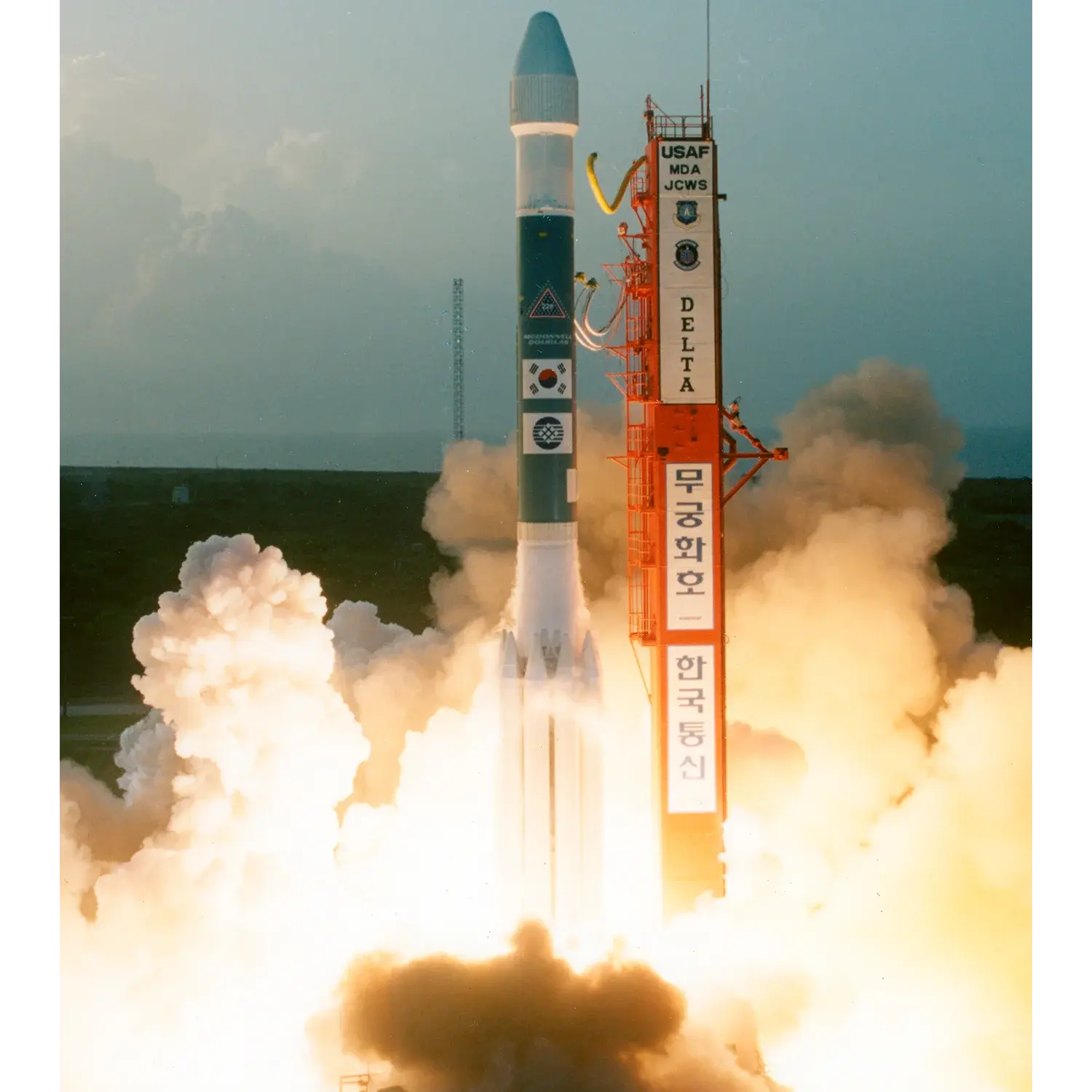GPS IIA-2 (USA-71) & Losat X
Launch Success
Liftoff Time (GMT)
02:32:00
Thursday July 4, 1991
Watch Replay
24/7 Coverage
Mission Details
Losat X
Losat-X (Low Altitude Satellite Experiment), built for SDIO, was to gather multi-spectral data on ground-launched rocket plumes and the space environment. It also was used for development and testing of other technologies (wide field-of-view star camera).
1 Payload
75 kilograms
GPS IIA-2 (USA-71)
GPS IIA (Global Positioning System) or Navstar IIA (Navigation System using Timing And Ranging) are improved satellites of the second generation of the GPS navigation system. The Block IIA satellites were improved operational GPS satellites based on the GPS 2 series. They were designed to provide 180 days of operation without contact from the control segment. During the 180-day autonomy, degraded accuracy is evident in the navigation message. In 1983 Rockwell was awarded a contract to build 28 Block II/IIA satellites. The spacecraft was 3-axis stabilized, nadir pointing using reaction wheels. Two solar arrays supplied 710 Watts (EOL). S-Band (SGLS) communications were used for control and telemetry. A UHF channel provided cross-links between spacecraft. A hydrazine propulsion system was used for orbital correction. The payload included two L-Band navigation signals at 1575.42 MHz (L1) and 1227.60 MHz (L2). Each spacecraft carried 2 rubidium and 2 cesium clocks. Carried as a secondary payload were nuclear detonation detection sensors (NDS).
Medium Earth Orbit
1 Payload
1,816 kilograms
Rocket


Manufacturer
ULARocket
Height: 38.1m
Payload to Orbit
GTO: 1,819 kg
Liftoff Thrust
3,511 Kilonewtons
Fairing
Diameter: 2.9m
Height: 8.49m
Stages
3
Strap-ons
9
Launch Site
Stats
Delta II
20th
Mission
5th
Mission of 1991
1991
49th
Orbital launch attempt